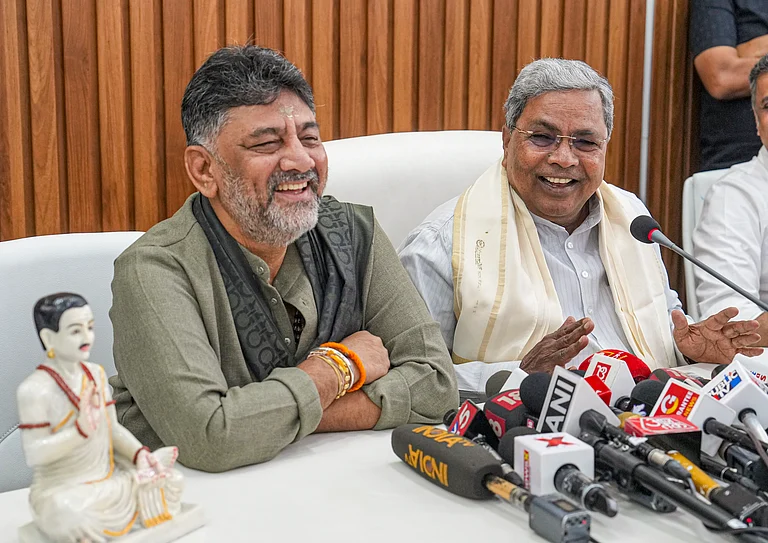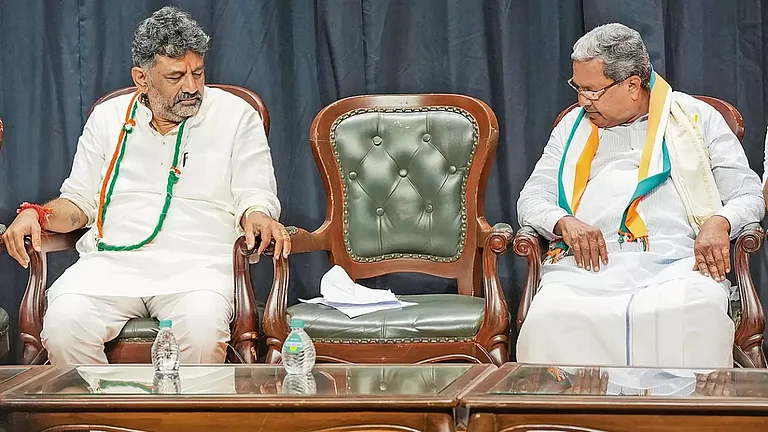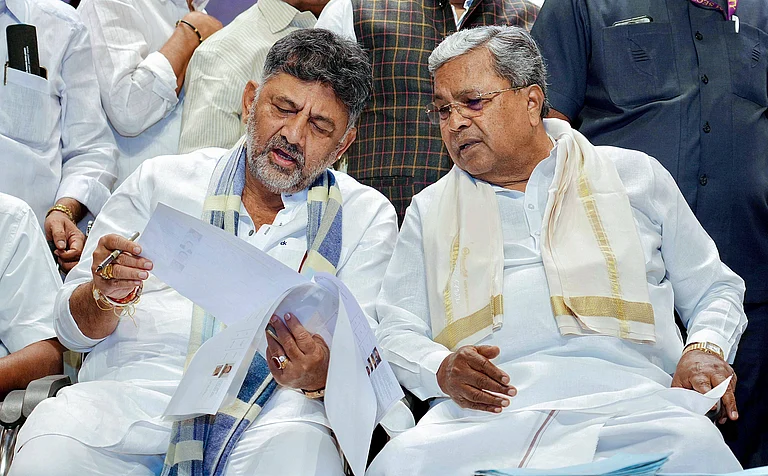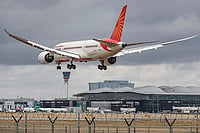Bengaluru is currently facing a shortage of 500 million litres of water per day at a time when the requirement is 2,600 million litres of day, Karnataka Chief Minister Siddaramaiah said recently, even as the peak summer season is yet to make its onset in the city.
The Chief Minister reassured concerned citizens that there is enough storage of drinking water in Cauvery and Kabini – the main sources of water for the city – which is sufficient to last till June. But videos on social media platforms showed residents of apartment complexes skipping work and queueing near water tankers to stock up water supply.
What is the problem of drinking water in Karnataka?
Six months ago, Karnataka had officially declared 223 out of 240 taluks in the state as drought-affected, out of which 196 had been categorised as severely affected by drought. The primary reason was the failure of monsoon in 2023, with both the Southwest and Northeast monsoons recording less rainfall.

According to a report by Down To Earth, while state reservoirs should have ideally collected at least 230-250 TMC of water by June 20, 2023, this time it collected just 165 TMC. Due to deficit rainfall, the water levels in Cauvery basin reduced alarmingly. On February 28, 2024, the water levels at Krishnaraja Sagar dam across the Cauvery river, was 90.23 ft whereas the maximum reservoir level is 124.80 ft. This is the lowest water level since 2018 for the month of February. At least four crore people from Karnataka and Tamil Nadu depend on water from KRS for irrigation and other domestic purposes.
Who all have been affected by the water crisis in Banglore?
Over a third of the city’s 13 million residents depend on groundwater for their needs. However, 6,900 of the 13,900 borewells drilled in the city have run dry despite some being drilled to depths of 1,500 feet, according to AP. So those who have been dependent on groundwater, are now sourcing their water supply from water tankers which is proving to be costly.
The Bangalore Water Supply and Sewerage Board (BWSSB) on March 14 announced that it would cut back water supply to major consumers in the city by 20 per cent. These consumers include hospitals, companies, railways and airports – making them depend on water tankers whose services are not just expensive but irregular.
For farmers on the other hand, especially those in North Karnataka, drought conditions have not just caused a scarcity at home for domestic needs but also in the form of crop failure. They have been protesting claiming that they haven't received adequate compensation under difference central schemes like PM-KISAN and PM Fasal Bima Yojana.
What is the road ahead according to the government?
Chief Minister Siddaramaiah pinned his hopes on the Cauvery Five project, which will commence in June to address most of the water woes of the city. The project aims to provide drinking water to 110 villages on the outskirts of the city.
The government will also drill bore wells at 313 places and 1,200 inactive bore wells will be revived, he said, in an attempt to allay fears. Further, the state government will form an expert committee to avoid such water shortage situations in the future.
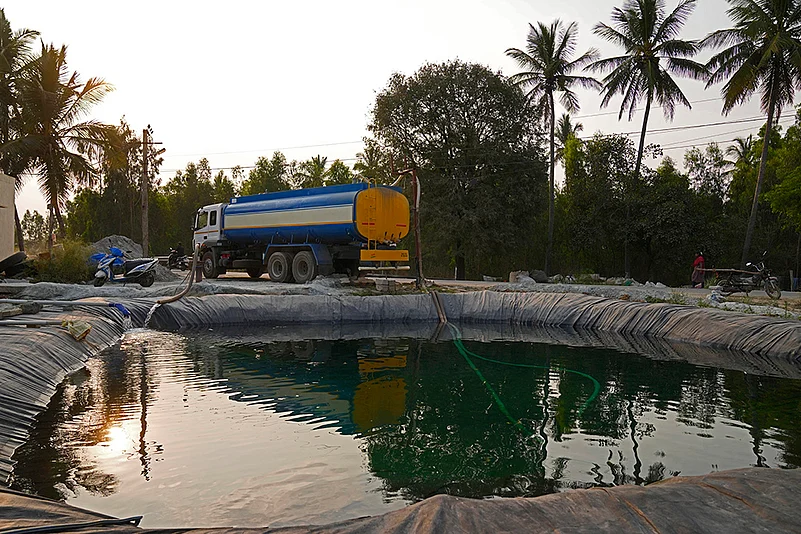
Another concern among environmentalists is that the city lost nearly 70 per cent of its green cover in the last 50 years and paved surfaces cover nearly 90 per cent of the city, preventing rainwater from seeping down and being stored in the ground. “The city should instead focus on replenishing the over 200 lakes spread across the city, stop new construction on lake areas, encourage rainwater harvesting and increase green cover across the city,” T.V. Ramachandra, research scientist at the Centre for Ecological Sciences at Bengaluru-based Indian Institute of Science told AP.
Regarding this, Siddaramaiah said that steps will be taken to fill up dried lakes in Bengaluru with treated water.
Rains in Karnataka?
Meanwhile, light rains are expected to occur in Bengaluru after Ugadi (April 9), according to the Indian Meteorological Department, which might provide some relief to the region’s water woes.
While typically Karnataka enjoys decent pre-monsoon rains in the months of March, April and May, the state has recorded a shortfall this time with practically no rainfall so far between March 1 and 17.







